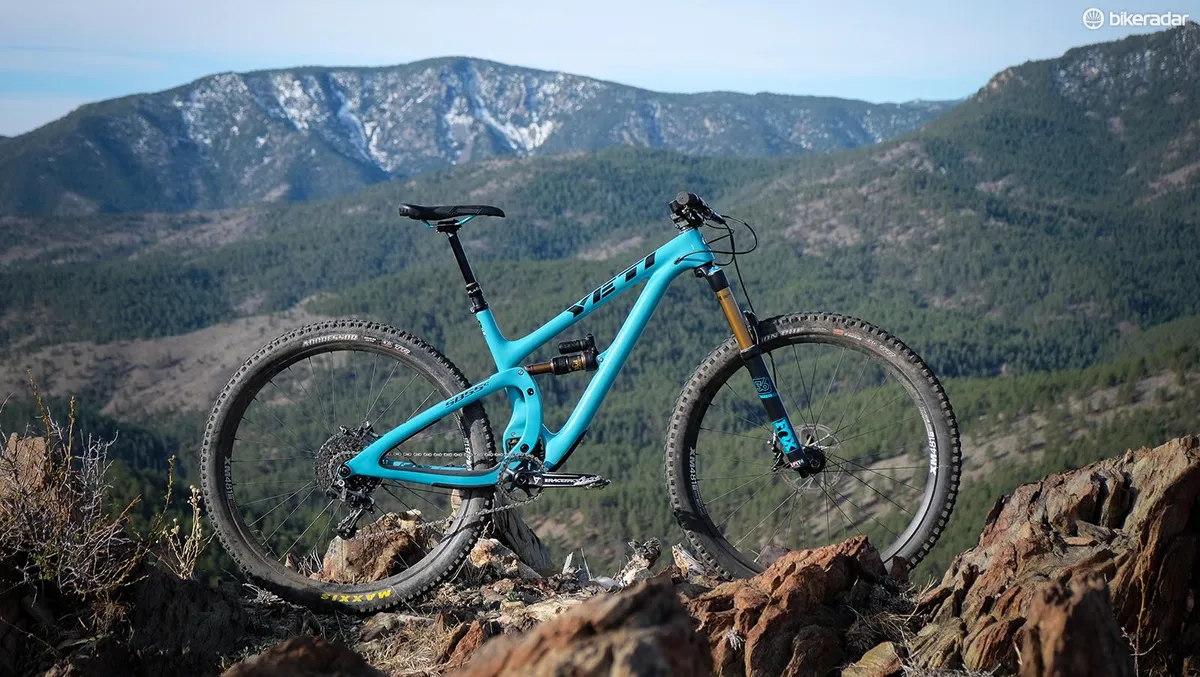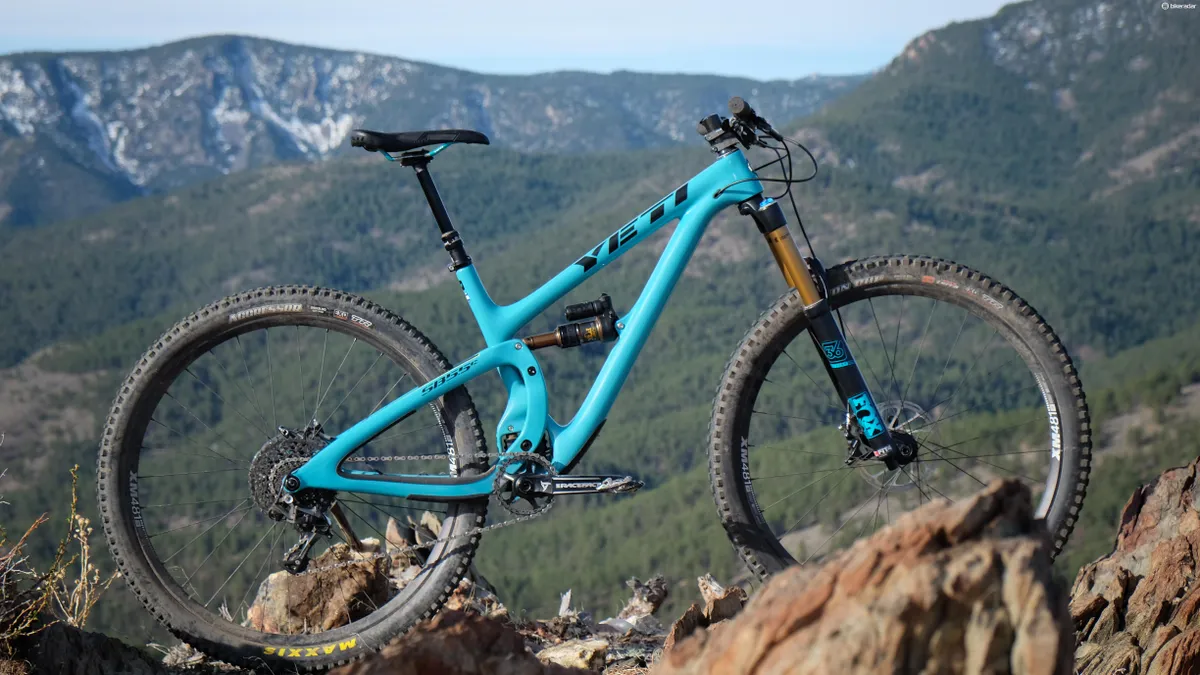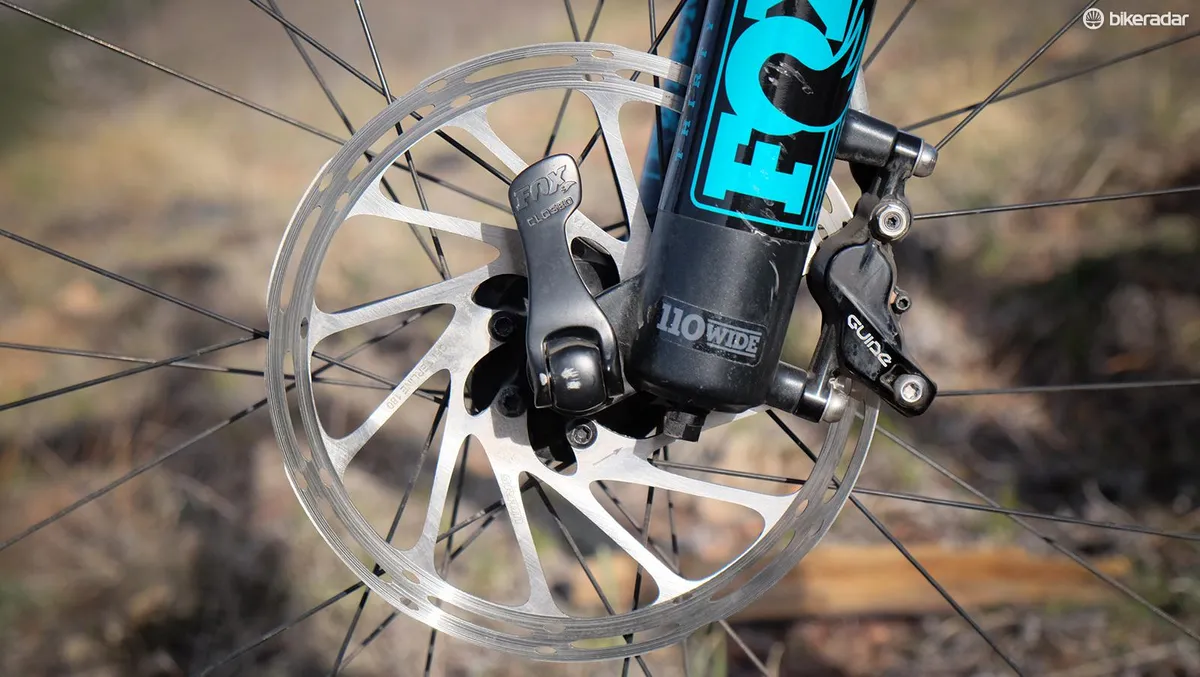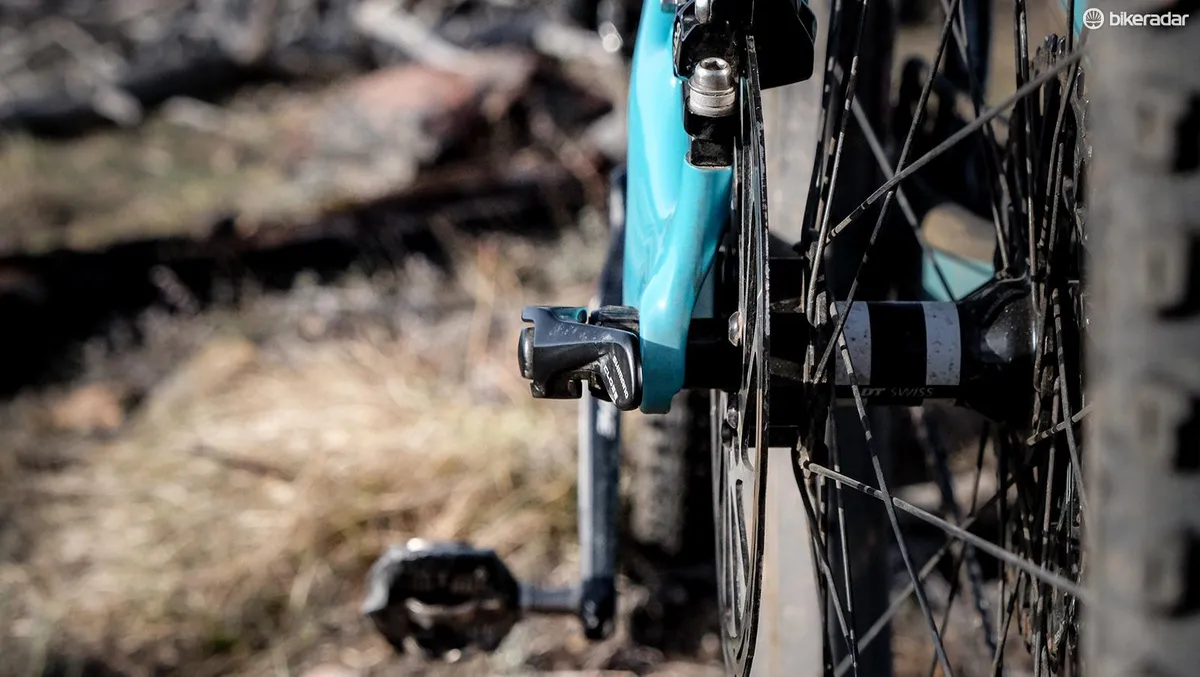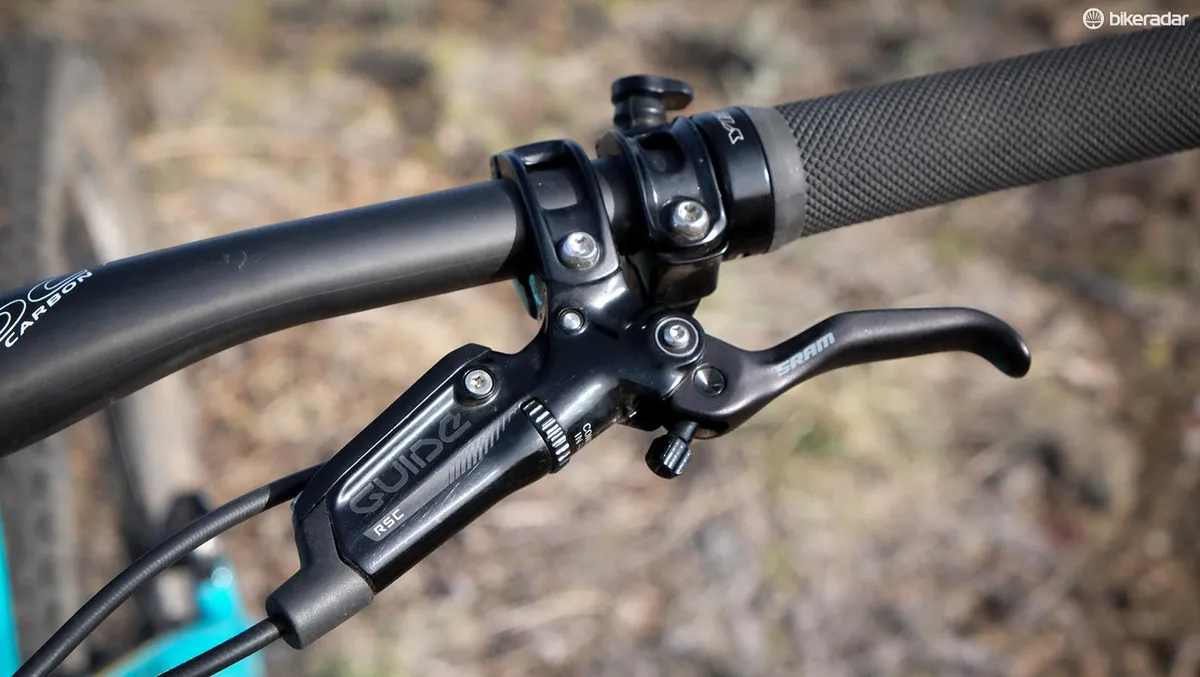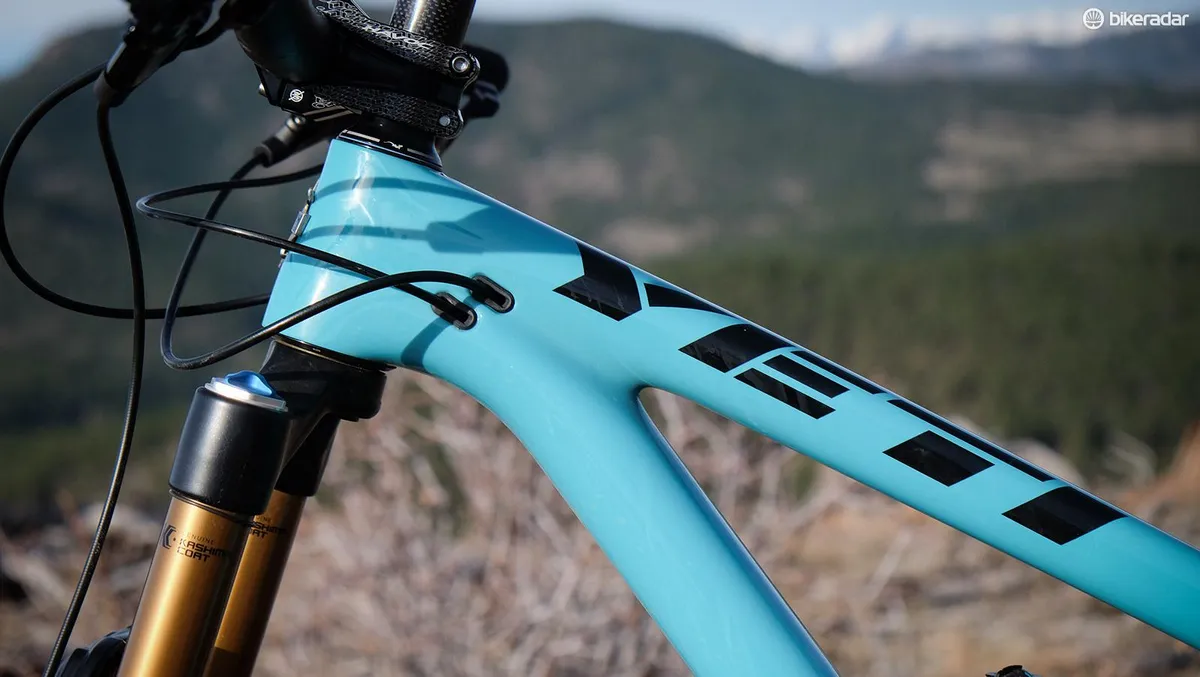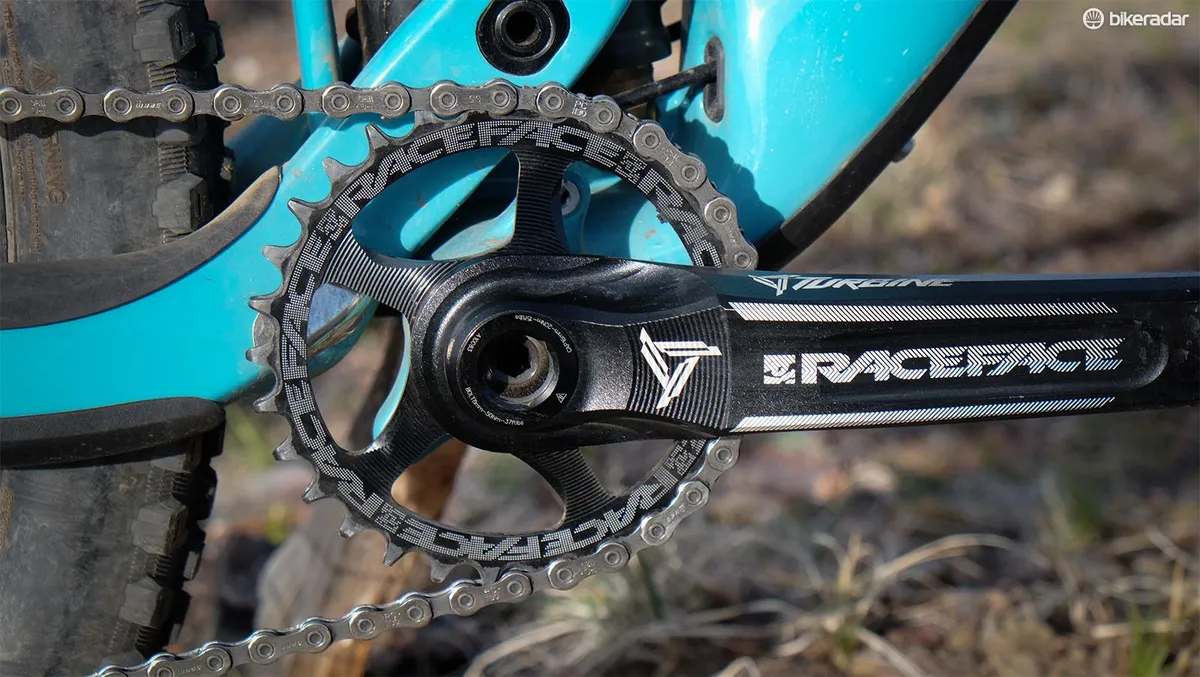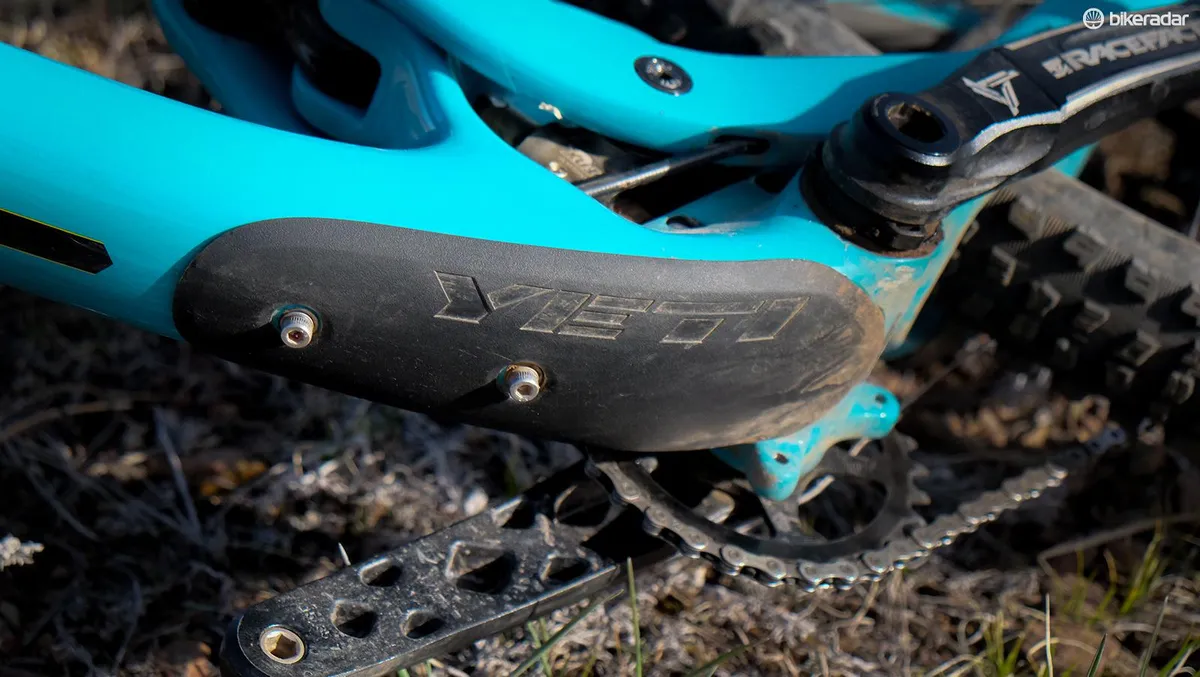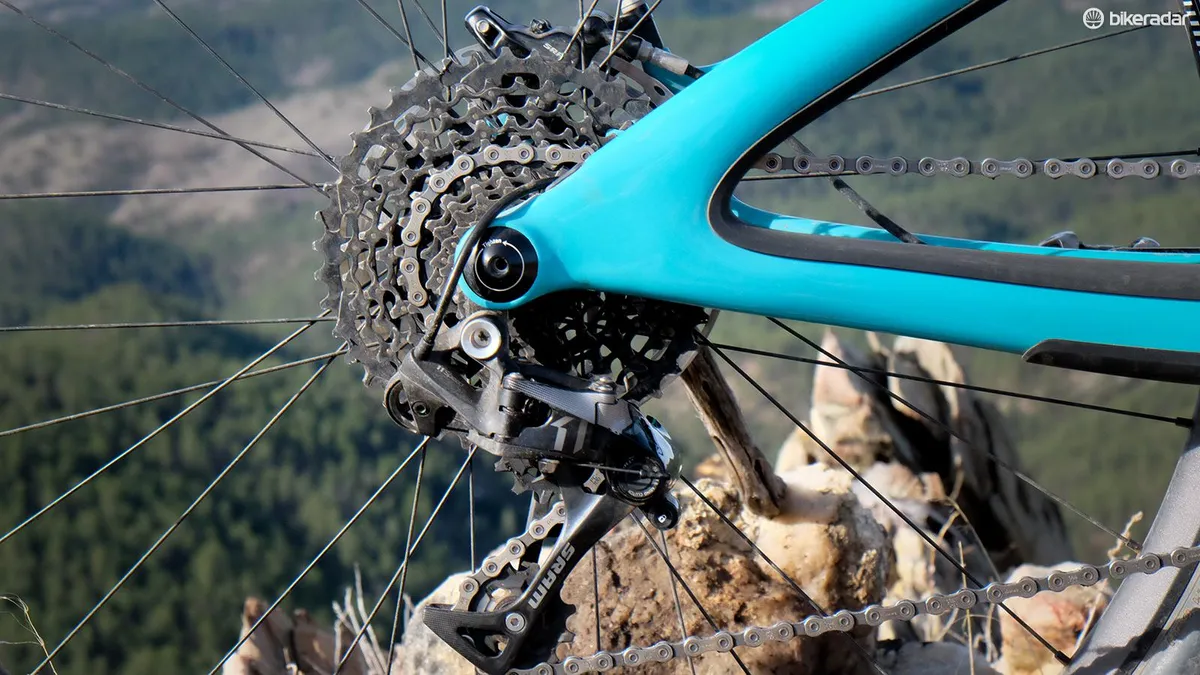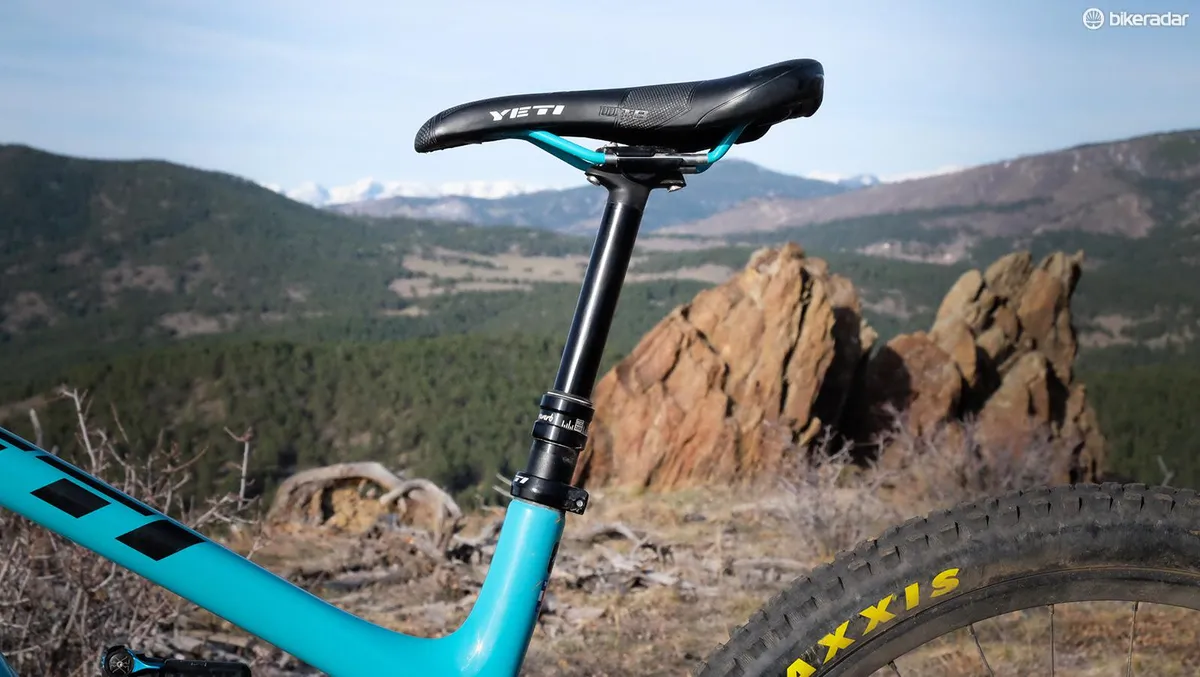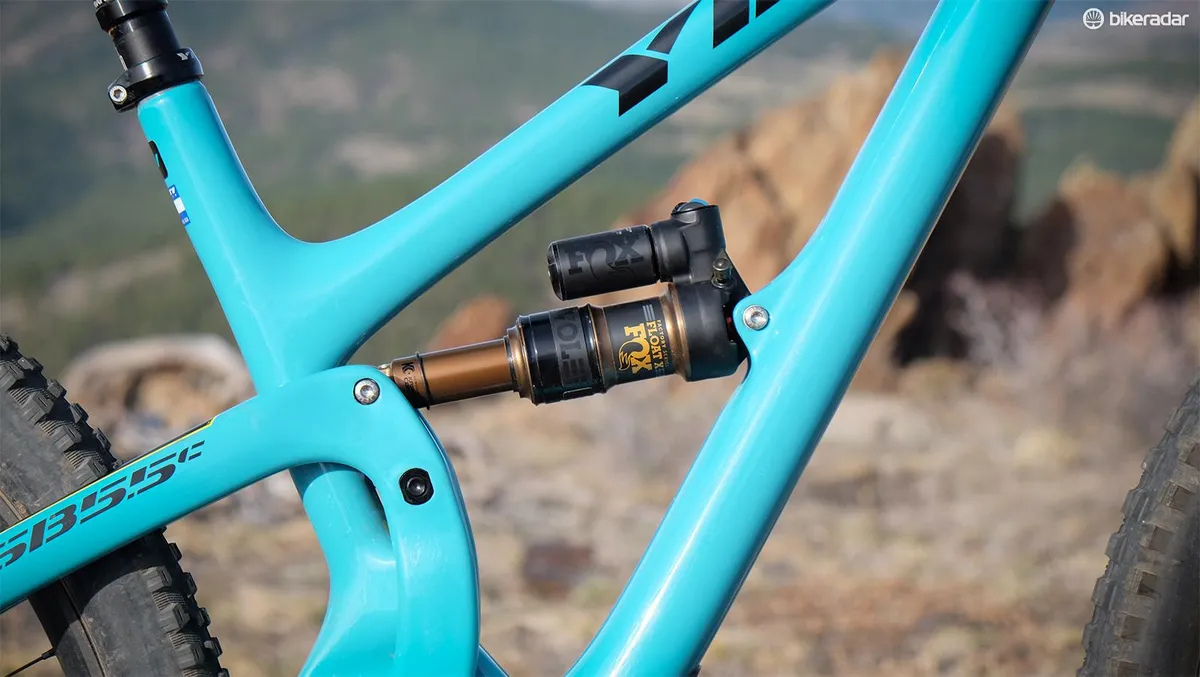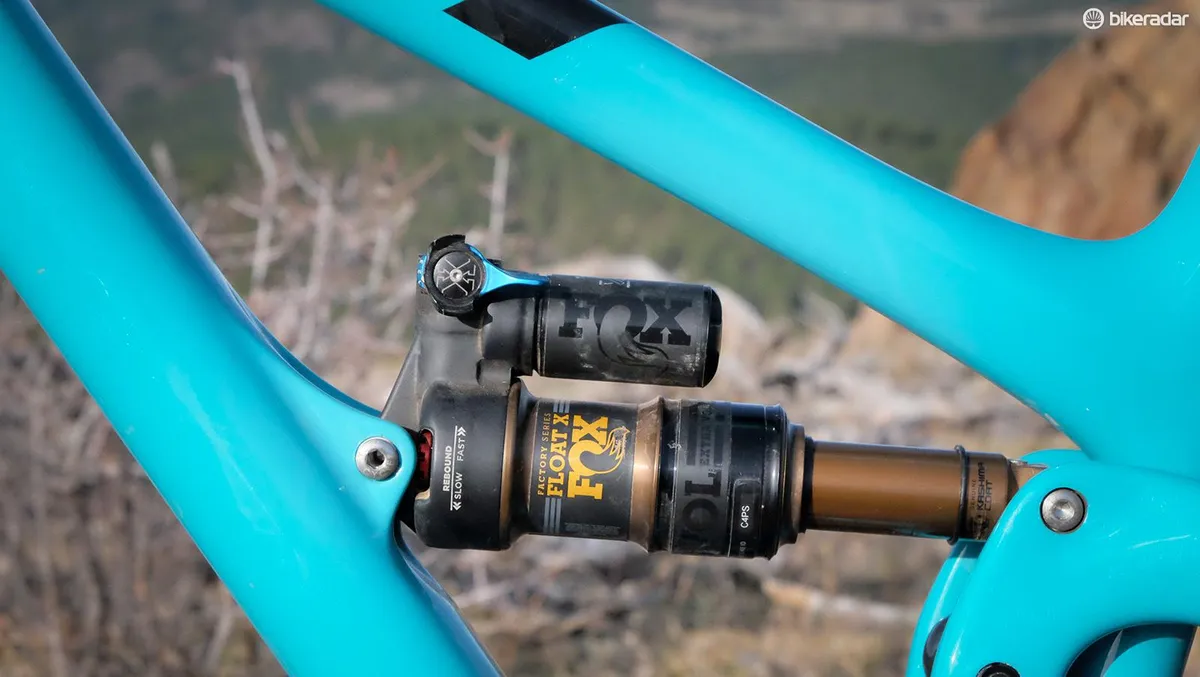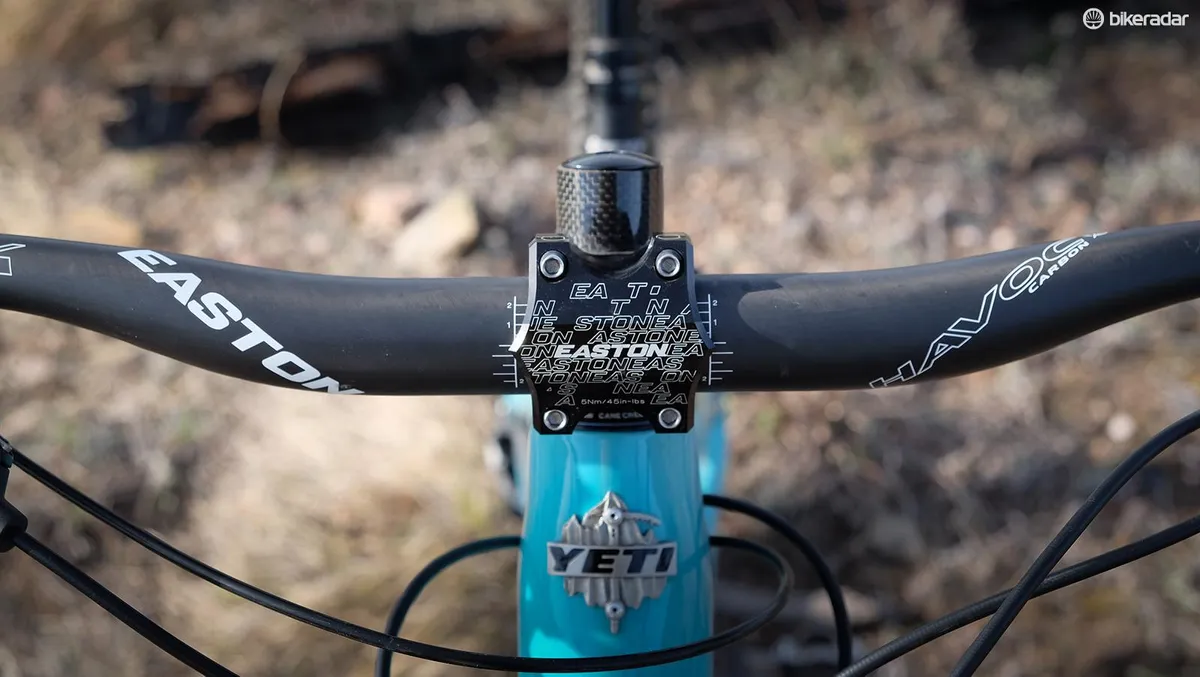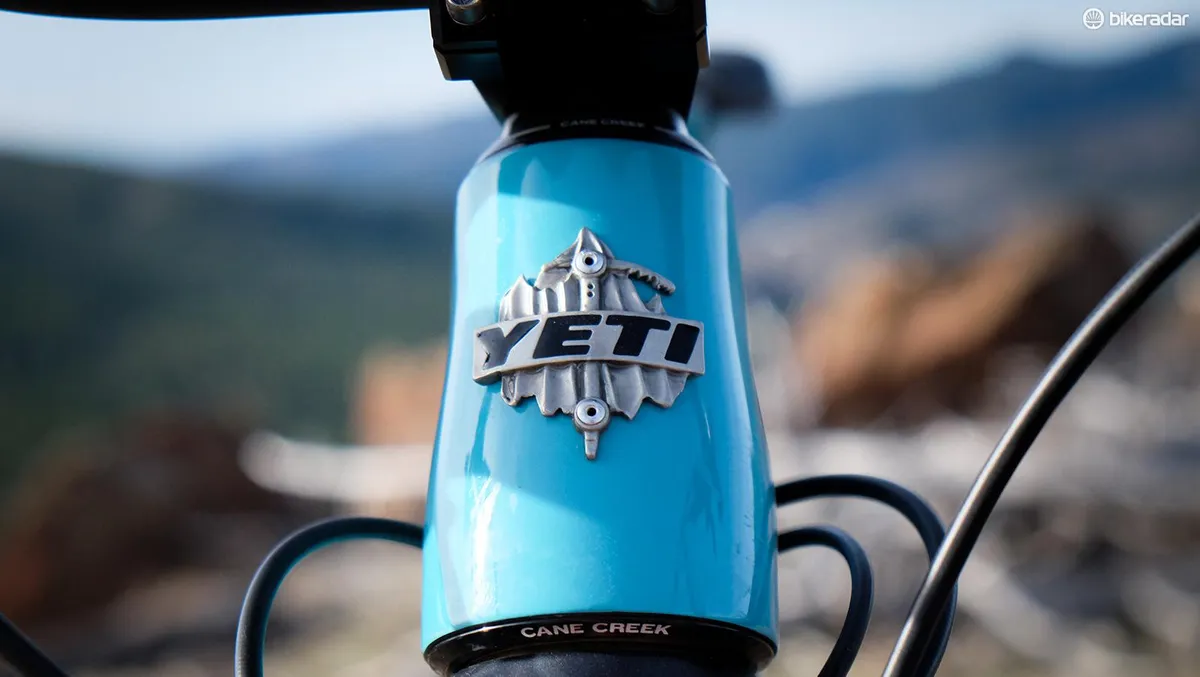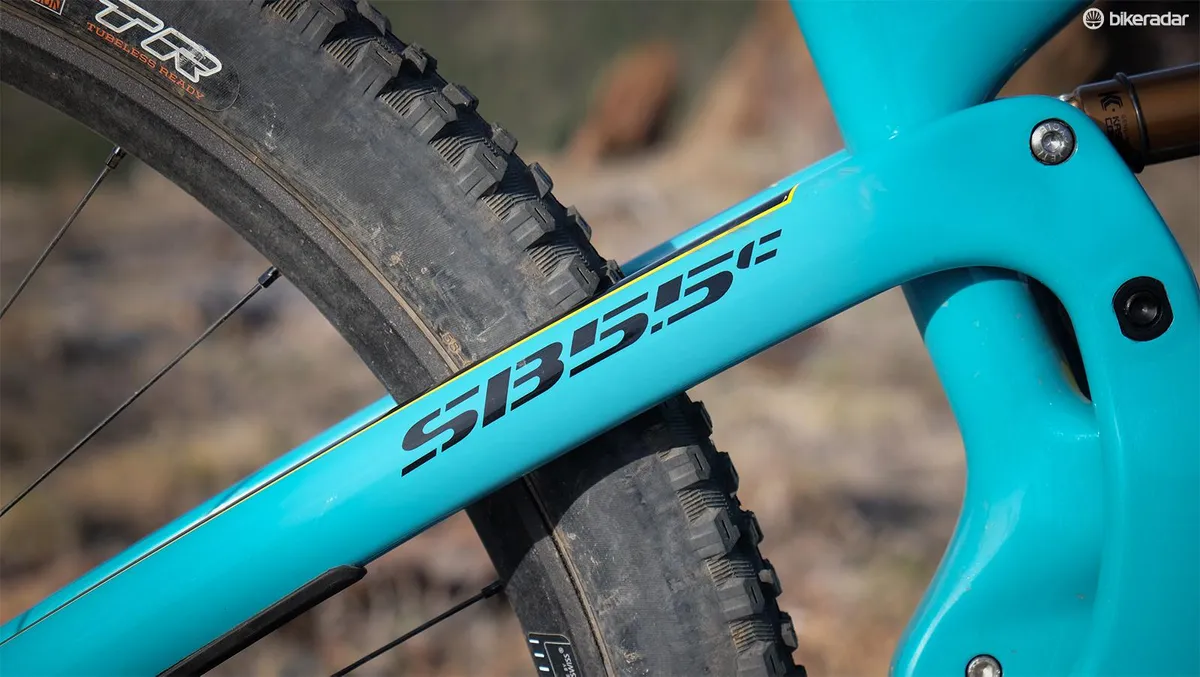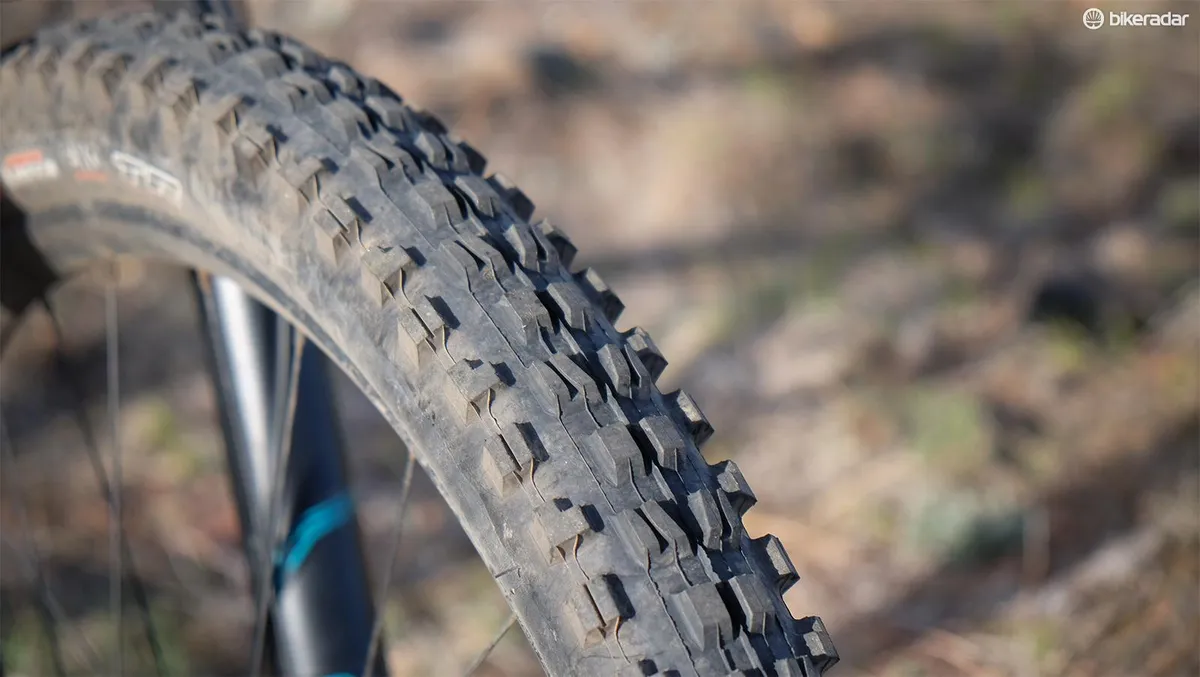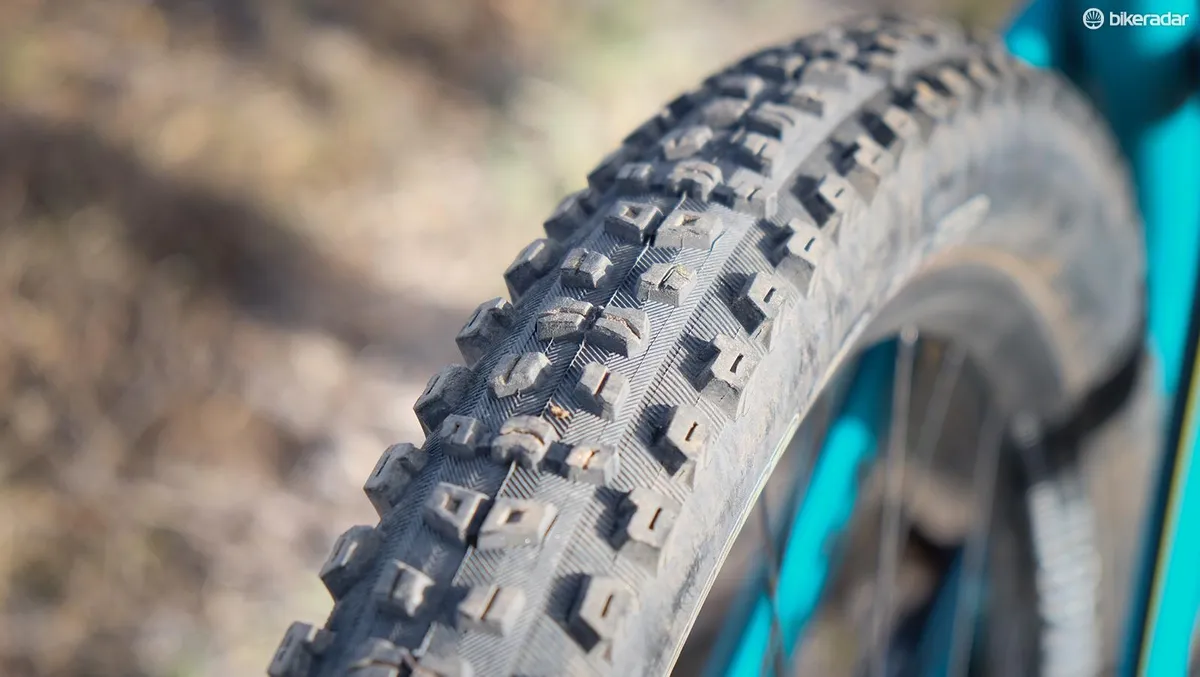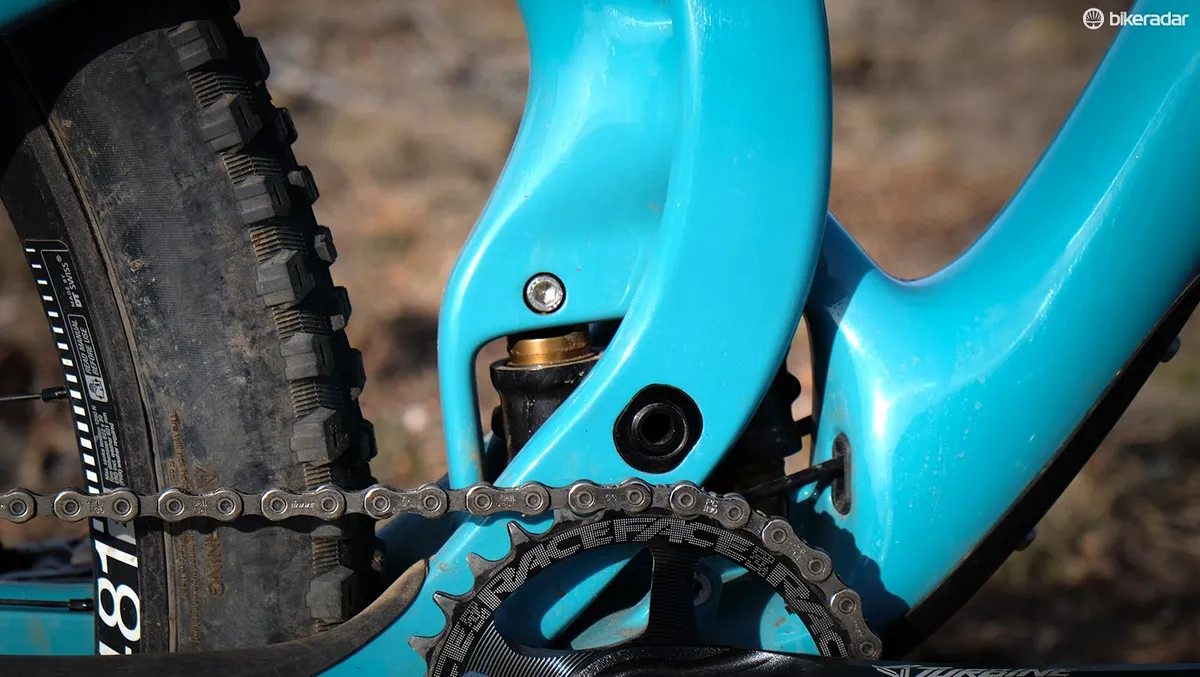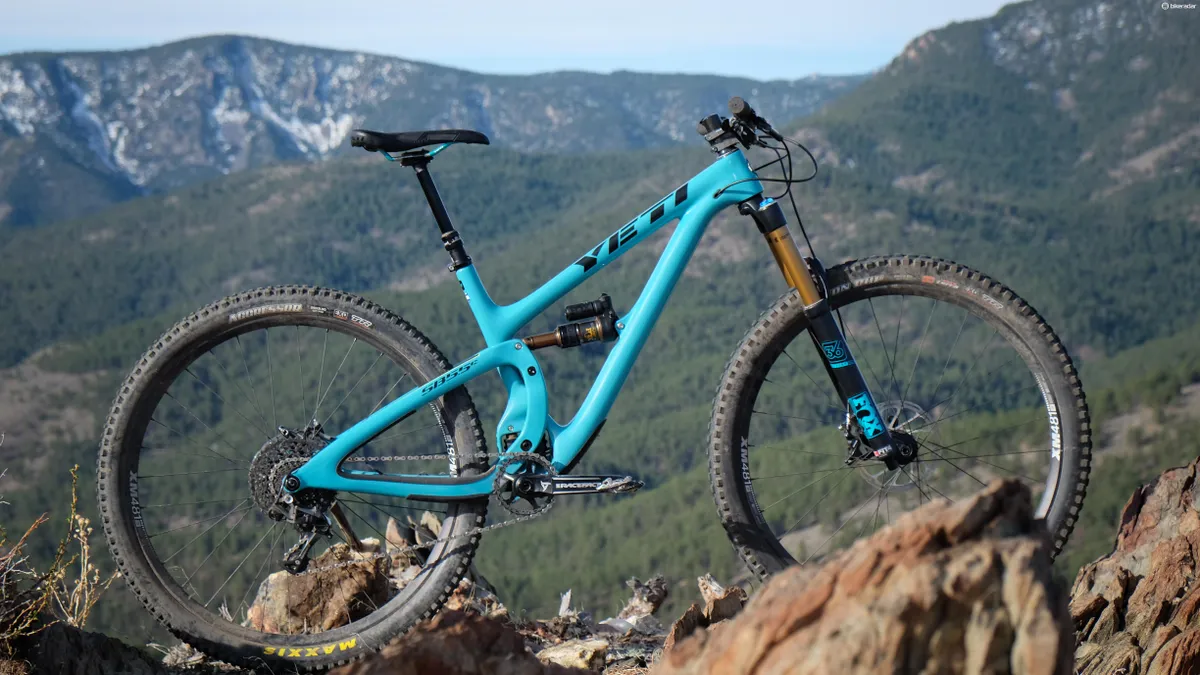If you’re a fan of 29ers, this might be the year you’ve been waiting for. If you’ve shunned 'wagon wheels' in the past, then it’s time you gave them a second look. The cycling industry appears to be going through a 29er renaissance at the moment. Boost axle spacing to shrink chainstays and create stiffer wheels, wide-range 1x drivetrains and envelope-pushing geometry are creating ever more competent 29er trail bikes.
The Yeti SB5.5c may be the most capable long-travel 29er we’ve thrown a leg over to date. This new aggressive trail bike builds on the success of the shorter-travel SB4.5c with more travel and slacker angles that make it suitable for the rigors of the world-class enduro racing.
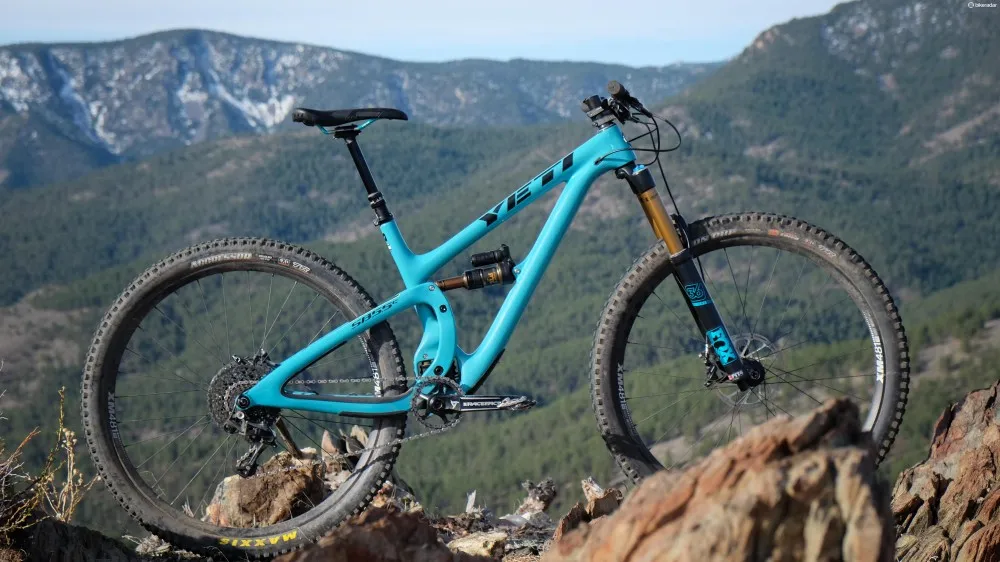
The SB5.5c bears a strong familial resemblance to the shorter-travel SB4.5c and the heavy-hitting SB6c
In fact, feedback from Yeti‘s top enduro racers was instrumental in the development of this new model. “Our racers noticed on certain courses that 29ers were flat out faster,” said Yeti owner Chris Conroy.
And so the 5.5c was born.
Design details
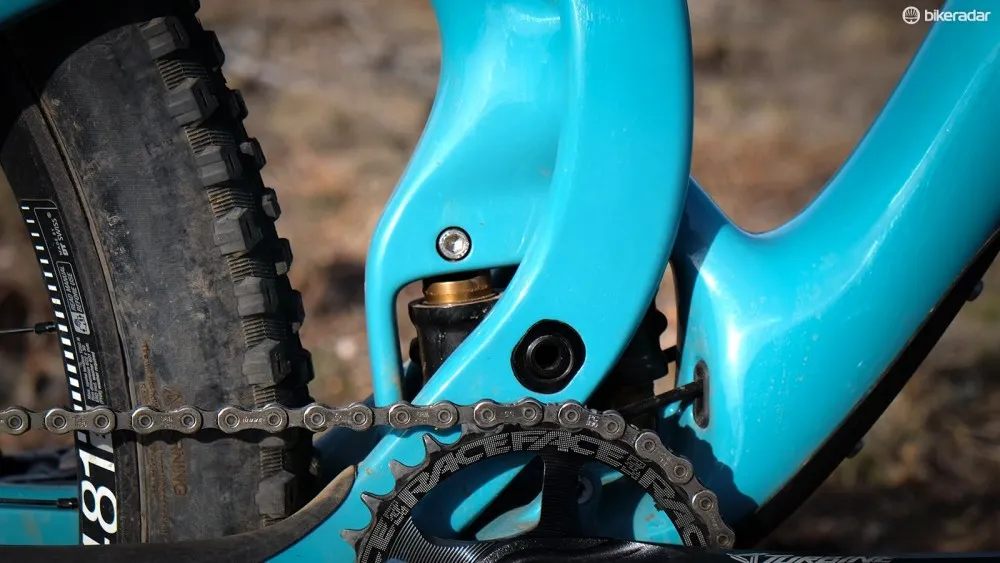
The SB5.5c is Yeti's fourth model built around the Switch Infinity suspension system
The SB5.5c model boasts 140mm of rear suspension travel served up by Yeti’s novel – and now proven – Switch Infinity suspension system. Upfront, Yeti chose to go big, equipping the SB5.5c with a 160mm Fox 36 fork.
Geometry is in step with many recently unveiled long-travel 29ers such as the Santa Cruz Hightower, Evil’s The Wreckoning and YT’s Jeffsy.
The SB5.5c has a slack 66.5 degree head angle, a mid-range but certainly not pedal-scraping bottom bracket height of 13.6in/346mm, and chainstays that measure in at a very respectable 17.2in/437mm.
The full-carbon frame borrows its curves form its shorter travel sibling, the SB4.5c. The rear brake, dropper seatpost and rear derailleur are all routed internally. Like the SB4.5c, the SB5.5c was only designed to run 1x drivetrains.
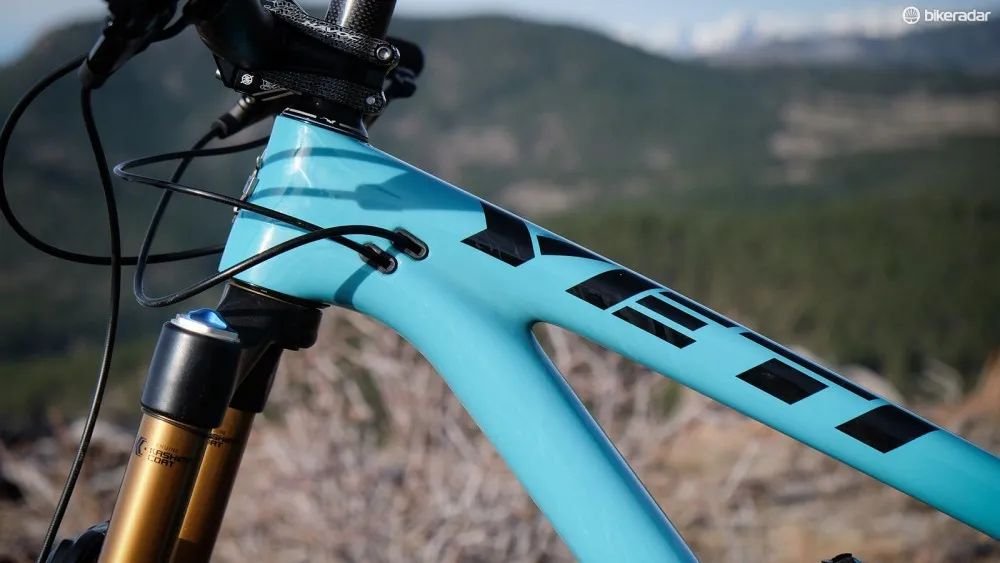
Full internal routing on the SB5.5c
Enduro-ready spec
Yeti is offering the SB5.5c in three trim levels. I tested the mid-priced bike, which retails for $6,999 / £6,899.
The kit consists of a SRAM X01 drivetrain with RaceFace Turbine cranks and a 30t chainring. The impressive SRAM Guide RSC brakes with 180mm rotors keep speeds in check. A 125mm RockShox reverb handles dropper duties while Easton supplies a 50mm Havoc stem and a 800mm Havoc Carbon handlebar.
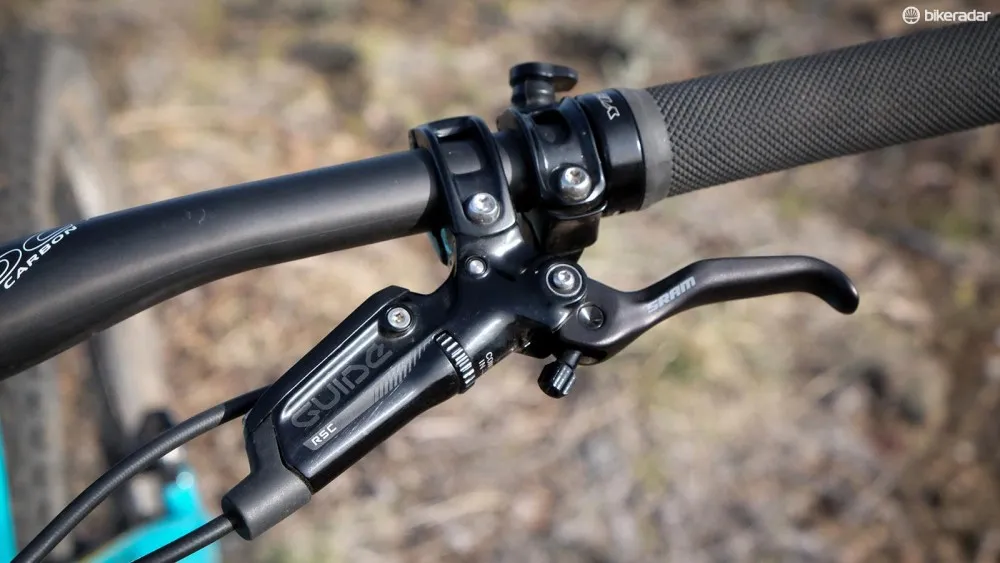
SRAM's Guide RSC brakes with 180mm rotors are a good match for this bike's capabilities
Yeti opted to use the FIT 4 version of the Fox 36, citing the fact that it’s much easier for the average rider to adjust than the more tunable RC2 version. The Fox Float X DPS shock handles rear suspension duties.
The whole package rolls on a DT Swiss wheelset with 350 hubs laced to the wide and stiff EX481 rims shod in a 29x2.5in Maxxis DHF in the front and a 29x2.3in Maxxis Aggressor in the back.
While Yeti was tempted to equip the SB5.5c with lighter treads, the company ultimately chose to spec the bike with the meaty rubber its staff prefers to run. I’d say any weight penalty is well worth it. As tested, this medium SB5.5c weighs in at 28lb/ 12.7kg.
Proving grounds
Yeti hosted a small group of editors in Moab, Utah, for two days of trail time aboard the SB5.5c. The test tracks included well-known trails such as Porcupine Rim and Captain Ahab, along with some lesser-known routes. The rocky, square-edged terrain certainly played to the strengths of 29in wheels.
The SB5.5c’s suspension feel, as well as its handling, rest between the SB5c and SB6c.
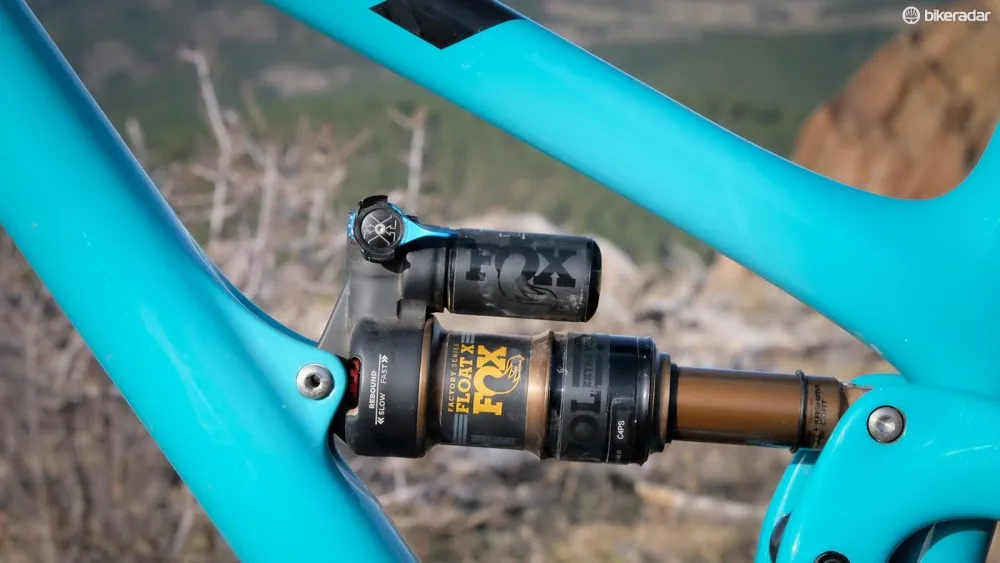
There's no need to fuss with additional compression damping on the SB5.5c; it climbs quite well with the shock wide open
It’s not a plush bike. The Switch Infinity system metes out suspension as needed, never delving deeper into the stroke than is necessary. This makes it easy to pump the SB5.5c through turns and to transition from one line to another with haste. While the Float X DPS shock offers open, firm and locked out modes, there’s no need to increase the platform damping while climbing, save for riding to or from the trails.
On the subject of climbing: don’t let the 66.5-degree head tube angle fool you into thinking this bike is a flop-wheeled laggard on climbs. The suspension firms up under pedaling and the steep 73.6-degree seat tube angle and long top tube combine to make the SB5.5c a keen climber.
The lack of uphill anguish allows the rider to be that much fresher for the fun part of the ride. The SB5.5c does not disappoint. Seeing the Fox 36 fork raked far out in front is inspiring. Its stiff chassis makes navigating tight, technical descents that much easier.
I didn’t find that the SB5.5c’s 29in wheels hinder its ability to navigate switchbacks. It’s not as nimble as the SB5c, although the slightly shorter wheelbase makes it easier to coax through tight turns than the SB6c.
Really good, but not without criticism
Poised handling, a stiff frame and great suspension performance — what’s not to like about the SB5.5c?
A few things, actually. For one, the tall seat tube may prevent some riders from running 150mm or longer dropper seatposts. (All three sizes come stock with 125mm Reverbs.)
The internally-routed rear brake gives the frame a very clean silhouette, but it also means extra work for installation and service.
Last on the nit-pick list is a byproduct of Boost. The 148mm-wide rear axle spacing allows frame designers to add clearance and shrink chainstays. Unfortunately, it also means that the SB5.5c’s Shimano thru-axle QR sticks out that much further. It’s practically daring rocks to take their best shot. A flush-mount system, such as the Syntace X-12 thru-axle would have been a better choice.
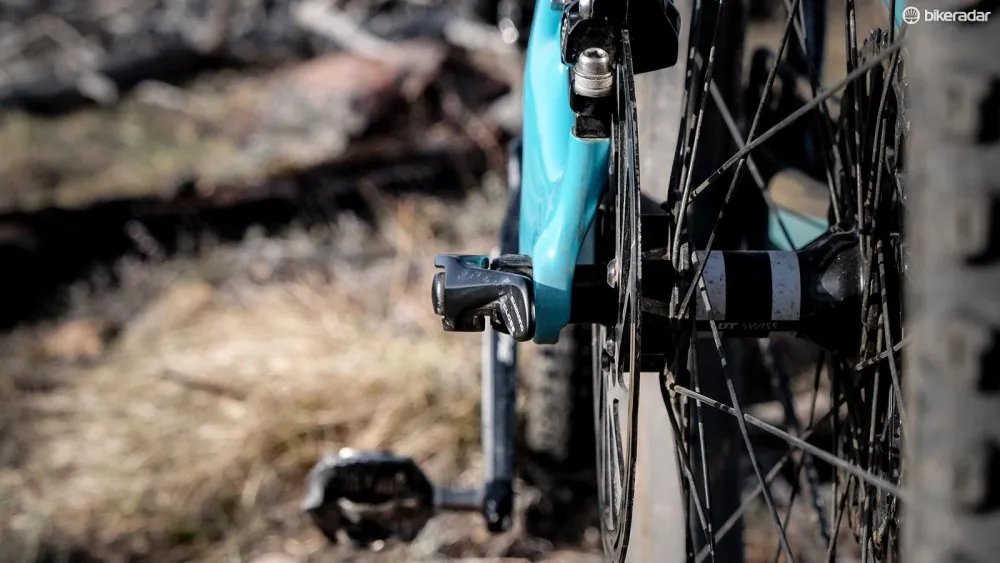
The rear thru-axle is a target for rock strikes
Verdict
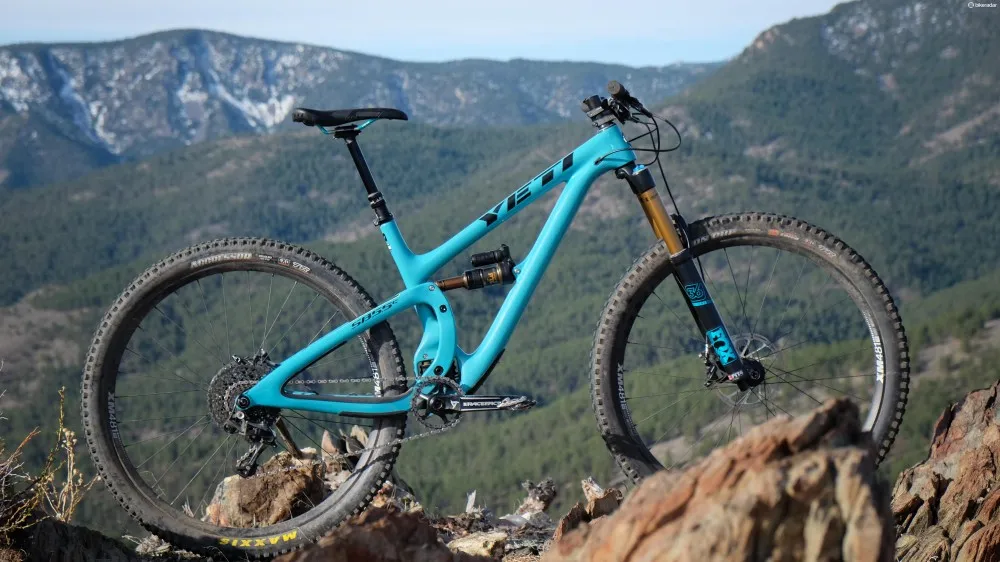
While I plan to log more miles aboard this bike before weighing in with a final verdict, I feel comfortable stating that after two days in Moab and several more rides on my home test tracks in Colorado, the SB5.5c is one of the most capable trail bikes — of any wheelsize — I’ve ridden.
Though they may be relatively minor, the SB5.5c is not without shortcomings, but there’s no arguing with its ability to deftly negotiate steep, technical terrain, and to descend with authority while remaining willing and eager to climb.
Many readers are no doubt wondering how the SB5.5c stacks up against its peers. Check back for an in-depth comparison in the coming months.
